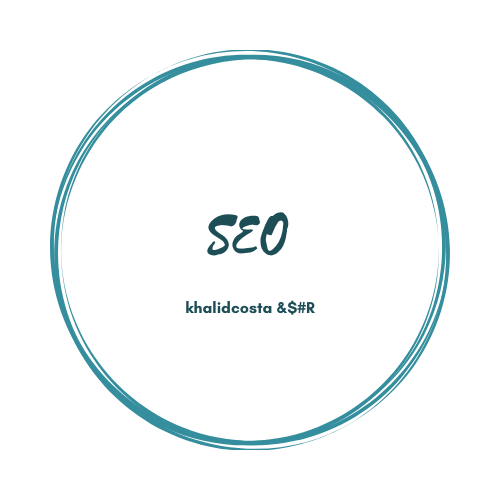interior design Want to make your living spaces better? Our guide has expert tips for you. Whether it’s one room or your whole home, we’ve got you covered. You’ll learn how to make your space stylish, functional, and truly yours. Find out the basics of interior design. Learn about color psychology and lighting. Also, discover …
SEO vs PPC: The difference between seo and ppc Explained
In the fast-paced world of digital marketing, Search Engine Optimization (SEO) and Pay-Per-Click (PPC) advertising stand out. They are two different yet helpful ways for businesses to find their audience. This article will dive into the main differences between them. It will cover the advantages, costs, and success metrics to help you choose the best …
Canonical in SEO: Optimize Your Site’s Structure
In the fast-paced world of digital marketing, content and SEO are key to getting more website visitors. Canonical tags are a powerful tool for website owners and marketers. They help solve the problem of duplicate content, which can hurt a site’s rankings and user experience. This article will show why canonical tags are important for …
الباك لينك: أهميته وكيفية الحصول عليه بفعالية
الباك لينك مهم جدًا في عالم تحسين محركات البحث (السيو). يساعد في جعل موقعك يظهر أكثر في نتائج البحث. الباك لينك هو رابط موجود على موقع آخر يُشير إلى موقعك. هذه الروابط تثبت جودة محتوى موقعك وموثوقيته. هذا يؤدي إلى تحسين موقعك في نتائج البحث. في هذا المقال، نستعرض أنواع الباك لينك المختلفة. سنعرف كيف …

